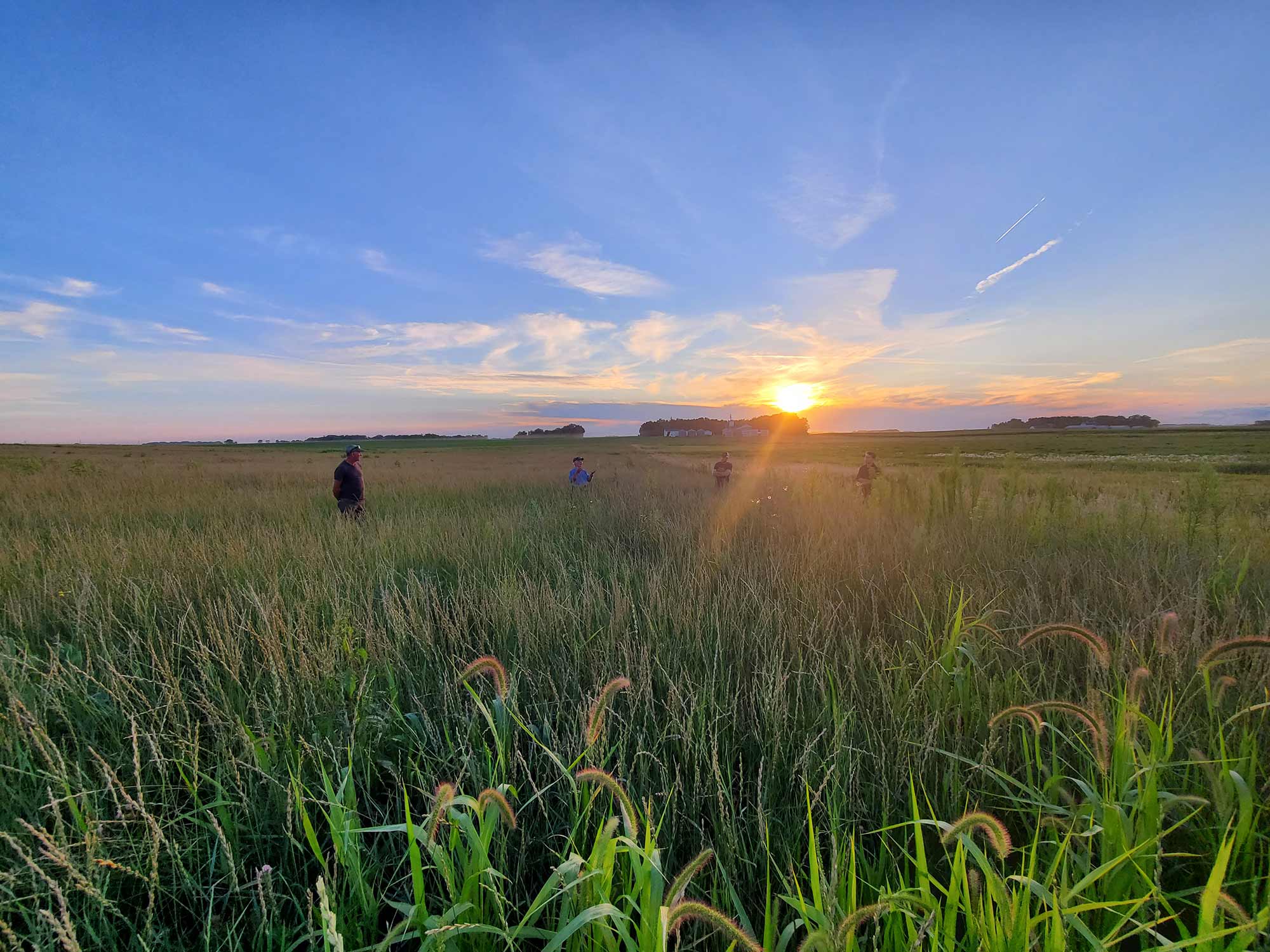Stories & Videos
Proving collaboration is possible

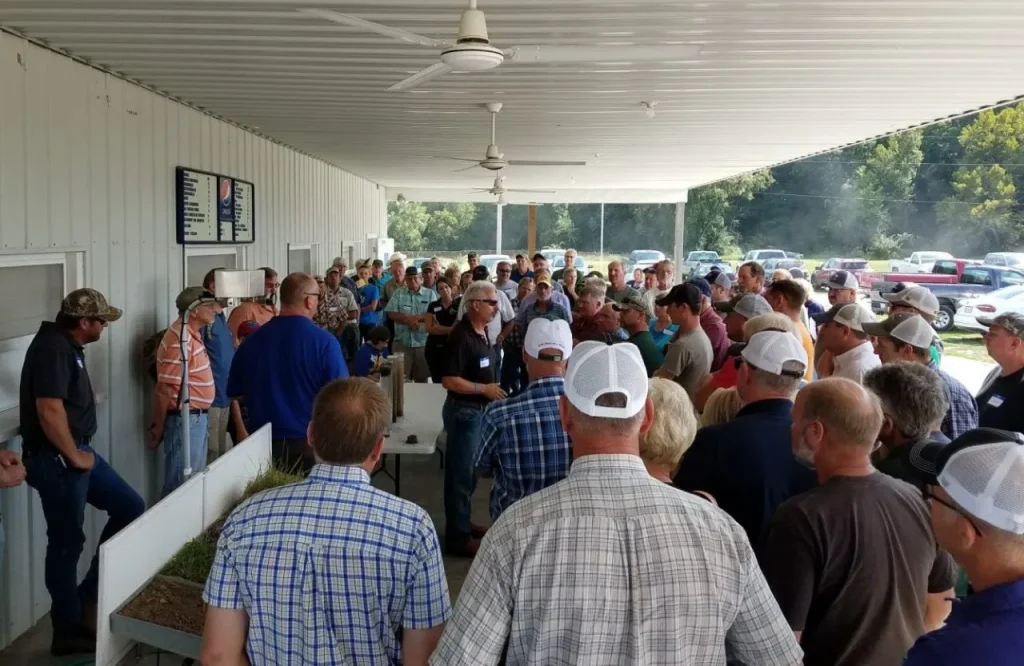
Peers in other states say they’re weary of working with people who aren’t proactive, policies that slow projects down, and programs that don’t deliver.
But Pike County landowners John and Sandy Scherder, and Chris Williamson, Missouri Department of Conservation (MDC) biologist say that's not what they experience. Missouri has some of the same programs, they say, but the increase in cover cropped acres in Peno Creek watershed has everything to do with cooperation between many local partners, and the will to connect.

Shared leadership, shared work, and clear priorities are the difference, say Williamson and MDC Fisheries Division Stream and Watershed Chief, Sherry Fischer. Landowners and technical staff are listening, talking to each other, bringing what they can to the work, and asking community partners to do the same.
“We have good participation from farmers and landowners, the University, Natural Resources Conservation Service (NRCS), Pike County Soil and Water Conservation District, and Department of Conservation,” said John Scherder. “Now we want more local groups in the community involved, because the watershed belongs to all of us, not just landowners. As far as I’m concerned, getting more people using practices for water quality and erosion control, and more acres in those practices is the point.”
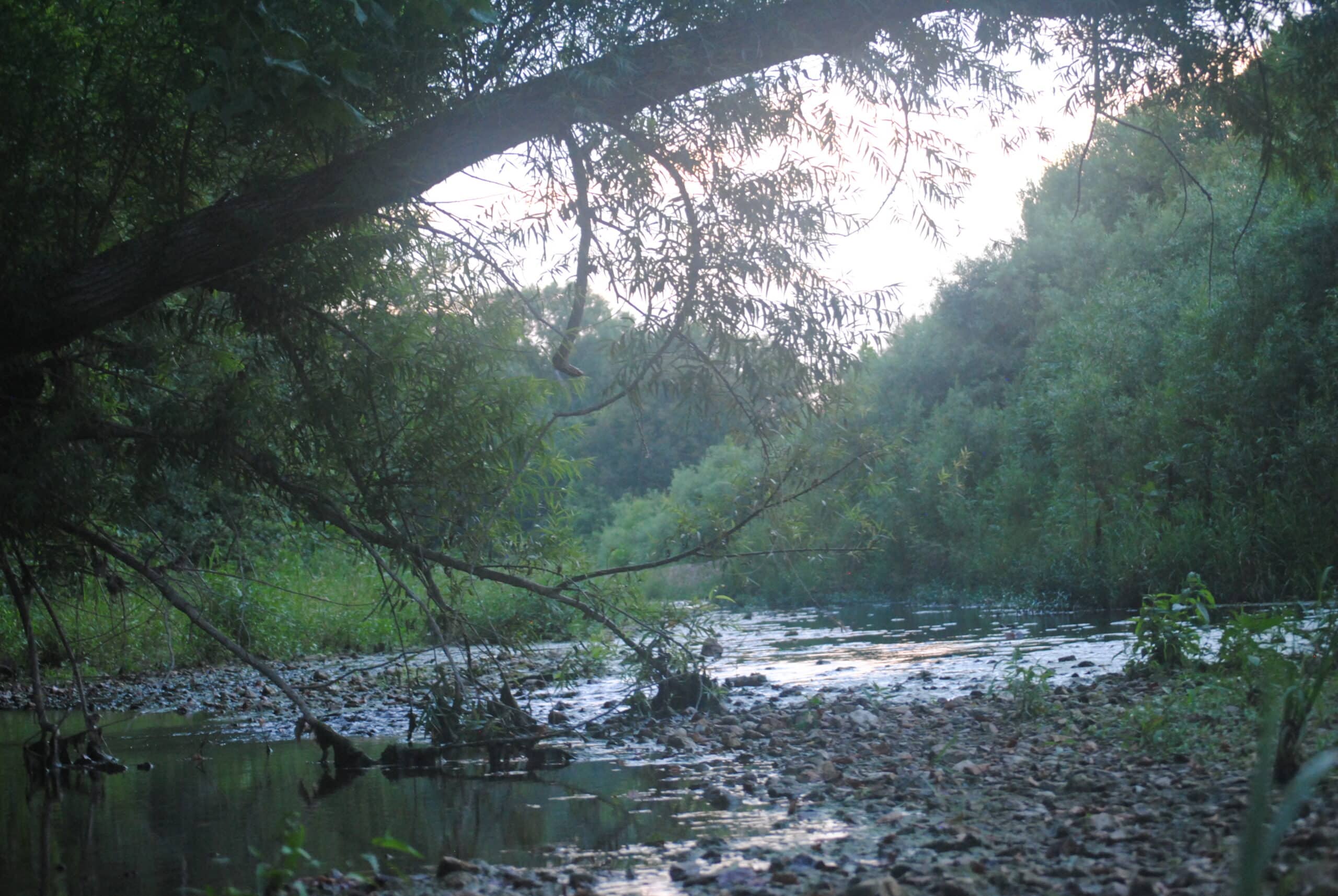
Statewide goal drives innovation
Missouri Department of Conservation imagined this kind of involvement 10 to 15 years ago when staff looked across the state to ask: What will it take to maintain 200 fish species for another 200 years? Their answer: Identify high quality streams and spend time in those watersheds. One priority area was Peno Creek, which sustains 40 fish species.
More recently, Pike County conservation and agriculture staff looked at 30 to 50 years of work with farmers and asked: How are we going to get past what we’re already doing? Then they invited 30 landowners to a listening session and asked: What are the issues? What do you need help with?
The answer was soil health—work that takes time, but is a win for farms and streams. Staff obtained grants for cover crop seed. Growers started using it. Public demonstration plots were planted. A farmer advisory group was established.
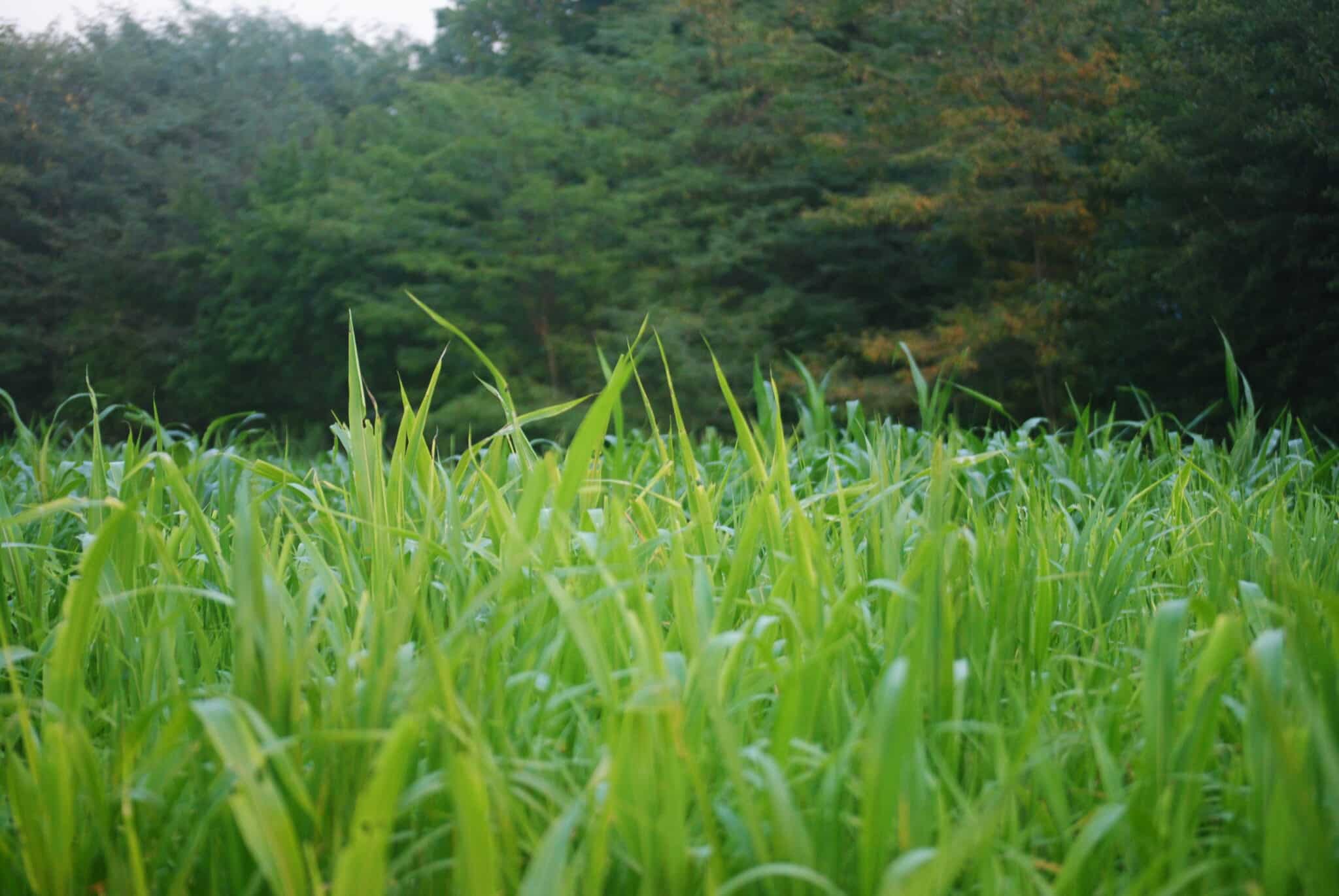
Energy from workshops and peers
In 2016 a leadership team including MDC staff and landowners John and Sandy Scherder participated in two three-day Watershed Leaders Network (WLN) workshops. That was a turning point, according to Fischer.
“The workshops energized what was already happening. Local staff were just pushing and pulling, one inch at a time, to get things going. But once the work got its own momentum, we didn’t have to push and pull any more.”
Momentum built on next steps defined at the workshop and the willingness of John and Sandy Scherder not only to use identified practices on their farm, but to tell about them.
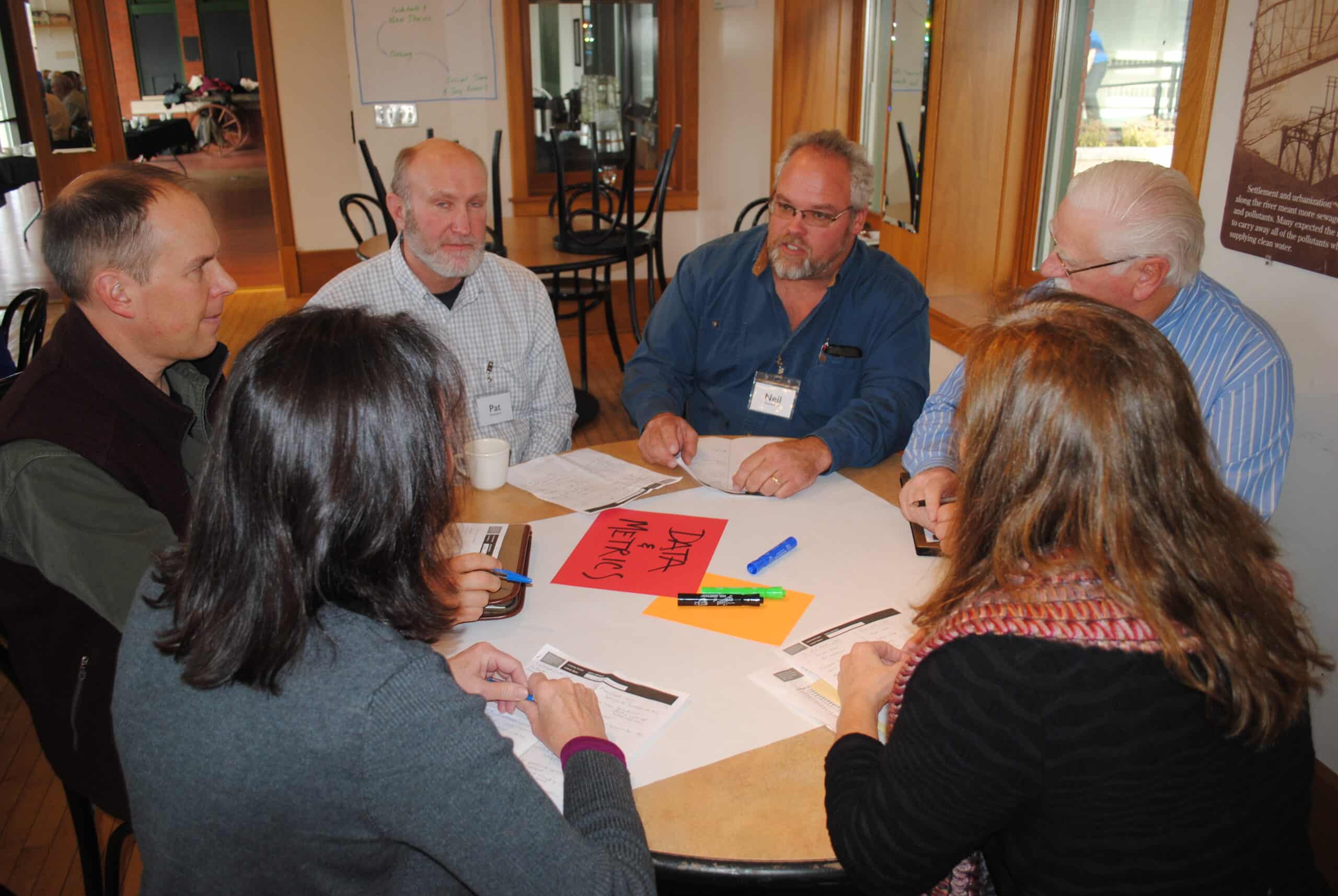
Wave of cover crop adoption
“After the WLN workshops, John took pictures of his land and gave a 25-minute presentation at a local meeting,” says Chris Williamson. “To see him in a room with 75-100 people was great—sharing what he knows with neighbors, up front instead of me or other staff. Most of the time his leadership is less formal, but in every situation he brings knowledge of the land and authority we don’t have.
“It’s inspiring to see what’s happened between that first meeting and now. We’ve funded 4,556 acres of cover crops. Seeing it works, growers have jumped in to buy more seed at their own cost—several report planting 500-800 acres last fall.
“A lot of groups are interested in the issues we’re talking about. The simple fact is, when we’re at the same table, working on the same ideas and toward the same goals, we get more done.”
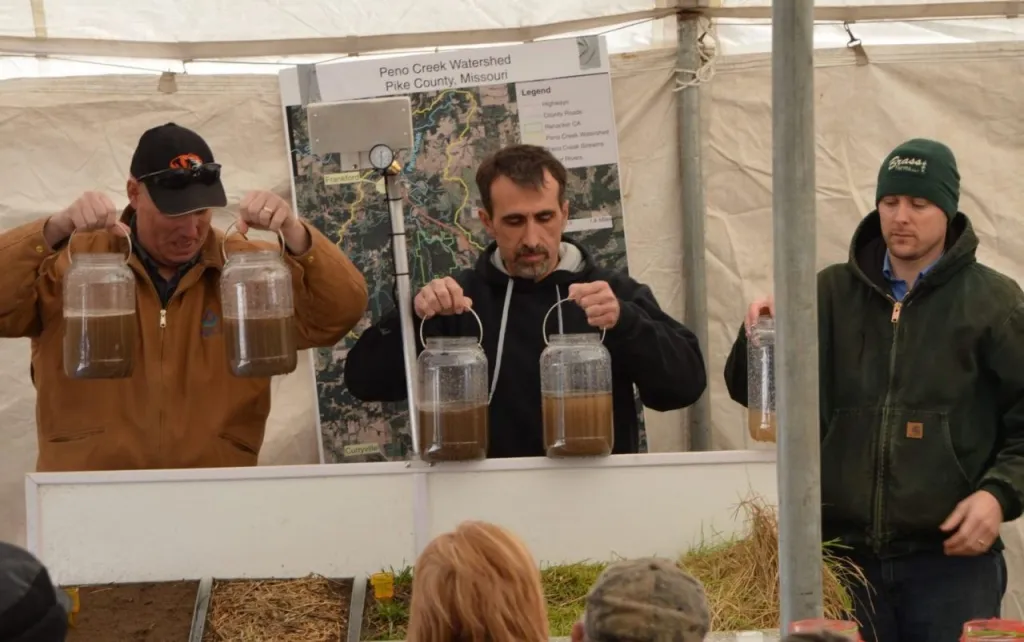
— Story by Nancy North
Fishers & Farmers Partnership for the Upper Mississippi River Basin supports collaborative, local, farmer-driven work for healthy streams, farms and fish habitat. For more than a decade we have provided funds to projects in Iowa, Illinois, Minnesota, Missouri and Wisconsin, as well as connection and leadership development for local teams, including this Missouri project. Learn about Fishers & Farmers Partnership funding and apply here.
